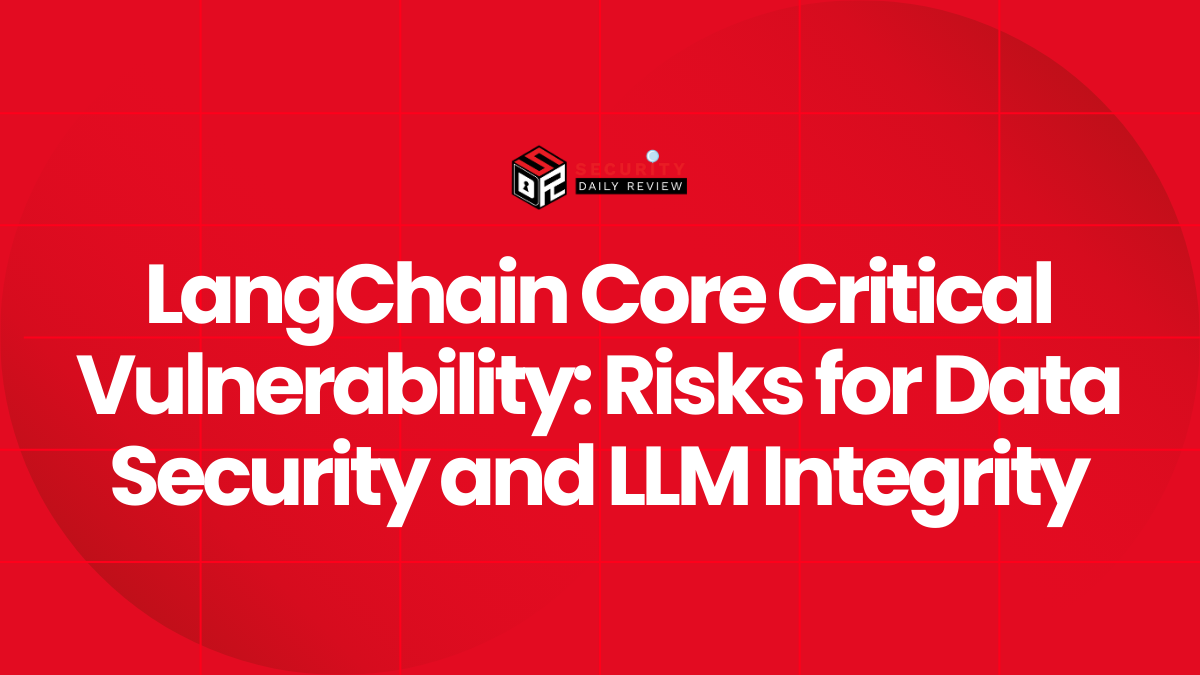Quantum Key Distribution (QKD) is often hailed as the cornerstone of future-proof cybersecurity, promising theoretically unbreakable encryption based on the laws of quantum mechanics. But recent research has cast a spotlight on the disconnect between theoretical models and real-world QKD implementations—revealing that these systems are not as invulnerable as once believed. A wave of academic studies published between 2023 and 2025 has shed light on multiple attack vectors capable of undermining QKD systems, from hardware-level vulnerabilities to fundamental theoretical assumptions.
Subverting QKD Through Practical Implementation Attacks
Real-world deployments of QKD frequently differ from their idealized models , leaving room for attackers to exploit protocol deviations, hardware imperfections, and side-channel leakage.
Quantum Modulators Are Vulnerable to Photorefraction Attacks
One of the most compelling practical threats targets the modulators inside QKD transmitters, particularly those using commercial lithium niobate (LN) components. According to a 2023 study, attackers can inject photons externally via highly optimized light beams to manipulate the modulator’s operation.
This class of attack exploits photorefraction , a phenomenon wherein exposure to light changes a material’s refractive index, thereby interfering with transmission. In systems based on the widely deployed Bennett-Brassard 1984 (BB84) QKD protocol, researchers demonstrated that as little as 3 nanowatts (nW) of injected optical power was sufficient to alter the traffic invisibly.Even more concerning, a measurement-device-independent (MDI) QKD system—usually considered more secure because it does not rely on trusted detectors—was successfully compromised. By forcing photorefraction and simultaneously monitoring all the transmitted quantum states, attackers were able to recover most of the cryptographic keys without detection.
Power Side-Channel Attacks Reveal Transmitted Qubits
Another dimension of vulnerability comes from electromagnetic side-channels, particularly the power consumption patterns of control components such as Field Programmable Gate Arrays (FPGAs). A team from the University of Padua analyzed a QKD transmitter’s power usage at frequencies up to 100 MHz and found that power traces alone could correlate with the actual transmitted quantum states.
The analysis achieved a concerning maximum prediction accuracy of 73.35% for transmitted qubits—meaning that, under certain conditions, nearly three out of four bits in a supposedly secure key could be inferred by passive eavesdropping on power lines. This kind of attack bypasses the quantum channel altogether and engages the classical electronics supporting QKD.
These findings elevate the importance of monitoring and mitigating side-channel attacks in quantum cybersecurity frameworks, an area often overlooked in favor of theoretical protocol validation.
Theoretical Assumptions Behind QKD Are Being Re-Evaluated
While many studies focus on physical vulnerabilities, new research is also challenging the theoretical underpinnings of Quantum Key Distribution —suggesting that deeper issues could jeopardize QKD’s long-term security assumptions.
Bell Inequalities and Hidden Variable Theories Create New Flaws
In September 2024, a study re-examined the foundational components of quantum cryptography, focusing on Bell Inequalities (BIs) and Hidden Variable Theories (HVTs). While BIs are used to verify quantum entanglement in QKD protocols, the interplay between BIs, HVTs, and the Heisenberg Uncertainty Principle (HUP) is more complex than previously believed.
Through simulations and quantum experiments, researchers found that these foundational elements can introduce new classes of vulnerabilities not covered by traditional loopholes or classical cyberattacks. These findings imply that even if a QKD implementation closes existing security gaps, it may still be exploitable due to deeper inconsistencies in its theoretical framework.This points to the urgent need to rethink current protocols and continually reassess assumptions underpinning quantum cryptographic schemes.
Wavelength Sensitivities Impact QKD Attack Surface
Not all QKD systems operate in the same spectral range—and this variation matters. An April 2024 study examining QKD systems functioning in the visible light spectrum (400 nm to 800 nm) found that standard countermeasures widely used in telecom wavelength ranges were much less effective.
Components intended to block or mitigate injecting-light attacks suffered from increased insertion losses or decreased protective efficiency when operating outside their typical range. The induced-photorefraction attack, in particular, was shown to gain potency at shorter wavelengths , making visible-spectrum QKD systems a more attractive target for skilled adversaries.This highlights the need for spectrum-specific security assessments and custom-built countermeasures depending on a system’s optical operation range.
Bridging the Gap Between Applied Attacks and Research-Driven Defenses
As evidenced by multiple studies, theoretical security does not equate to practical invulnerability. A recent August 2025 study proposes methodologies to close this gap by integrating cybersecurity analysis frameworks into QKD research , enabling a systematic evaluation of real-world vulnerabilities.
Unlike traditional quantum studies that test individual attacks in isolation, the authors advocate for cross-disciplinary toolsets combining classical cybersecurity techniques with quantum mechanics , including attack modeling, red teaming, and real-time response systems.By formalizing the attack surface in a language familiar to both quantum physicists and cybersecurity professionals, the approach aims to future-proof QKD systems before they enter widespread commercial deployment.
Key Takeaways and Recommendations for QKD Security
- End-to-end vulnerability assessments must include optical, electronic, and theoretical components of QKD systems.
- Photorefraction-based light injection attacks pose a severe risk to both BB84 and MDI-QKD systems. Optical component hardening is critical.
- Power side-channel leaks from FPGAs and drivers represent non-quantum but highly effective attack vectors.
- QKD systems operating outside mainstream telecom wavelengths must undergo spectral-specific testing to evaluate the resilience of common defenses.
- Future standards should incorporate both quantum physics validation and classical security methodologies to provide resilient cryptographic infrastructure.
Quantum Key Distribution remains a promising path forward for secure communications, but these developments serve as a cautionary note: any implementation of QKD must be rigorously vetted for real-world vulnerabilities to avoid the illusion of invulnerability offered by theoretical security proofs.









